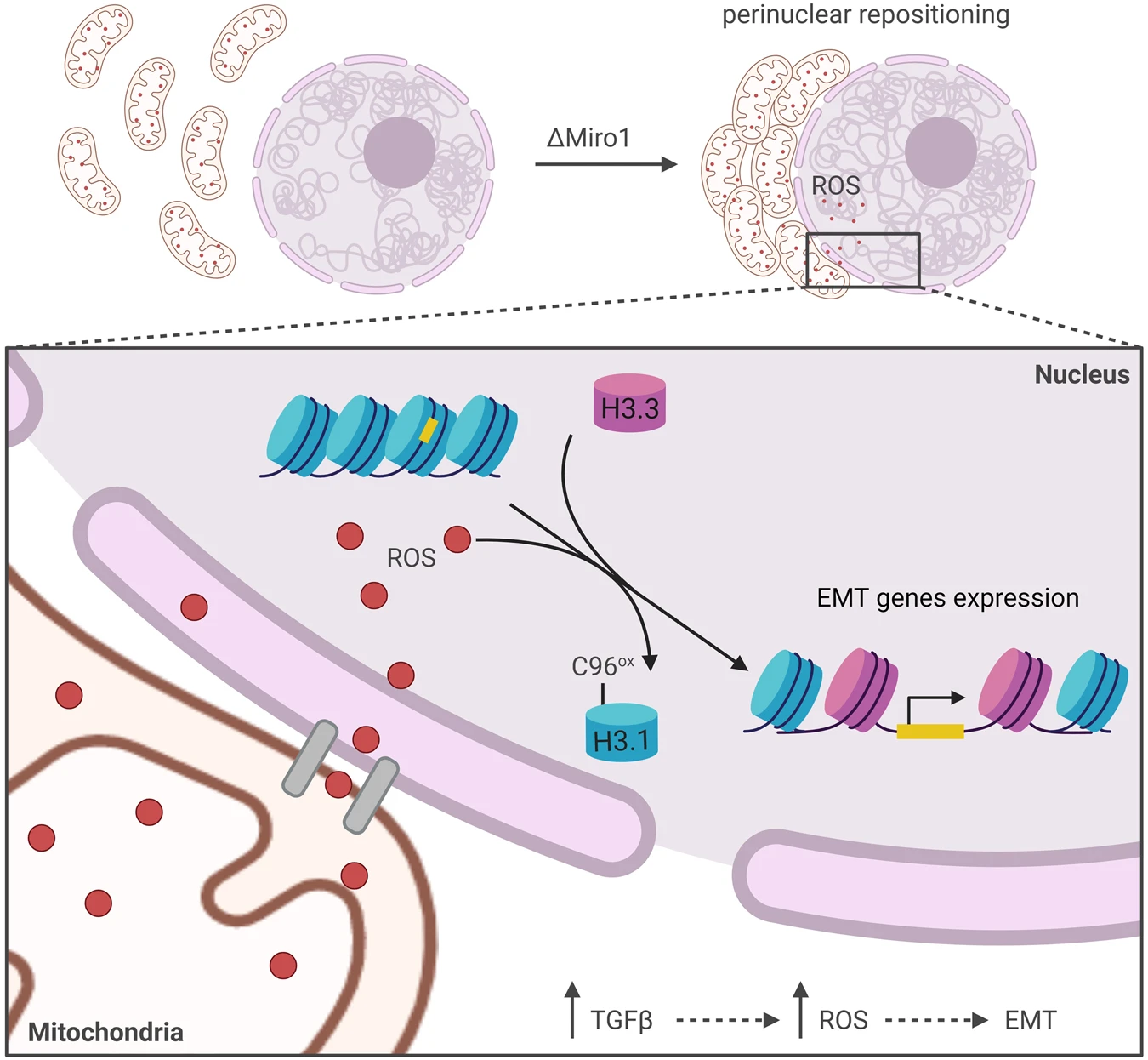Mitochondrial ROS Analysis Service
- Oxidative Stress Research: By measuring ROS levels within mitochondria, this service helps reveal the role of oxidative stress in cellular aging, tissue damage, and disease progression.
- Cell Apoptosis and Survival Analysis: Analyzes the impact of ROS on mitochondrial function and cell fate (such as apoptosis, necrosis, or autophagy) under various conditions.
- Drug Screening and Toxicity Evaluation: Evaluates the effect of candidate drugs on the regulation of mitochondrial oxidative status.
- Antioxidant Validation Studies: Assesses the impact of natural products or antioxidants on mitochondrial ROS levels.
- Cellular Signaling Pathway Research: Investigates the mediatory function of ROS as a signaling molecule in cellular processes.
Mitochondrial ROS Analysis Service is a specialized service designed to quantitatively and dynamically monitor the levels of reactive oxygen species (ROS) within mitochondria using high-sensitivity fluorescent probes and advanced detection technologies. This service enables the assessment of mitochondrial functional status under oxidative stress conditions and is applicable in areas such as drug screening, pathological mechanism research, and antioxidant intervention evaluation.
Reactive Oxygen Species (ROS) are byproducts of cellular metabolism, primarily generated by the mitochondrial electron transport chain. Under normal conditions, mitochondrial ROS play a role in signal transduction, cell differentiation, and immune responses. However, when ROS production exceeds normal levels or the clearance mechanisms are disrupted, oxidative stress occurs, leading to damage to lipids, proteins, and DNA. This, in turn, can trigger various diseases, including neurodegenerative disorders, cardiovascular diseases, and cancers. Therefore, precise evaluation of mitochondrial ROS levels and their dynamic changes is a critical tool in studying cellular dysfunction, disease mechanisms, and drug action mechanisms.

Palma FR. et al. Oncogene. 2024.
Mitochondrial ROS Analysis utilizes cell-permeable fluorescent probes to capture specific types of ROS (e.g., H₂O₂, O₂⁻) within cells or purified mitochondria. Upon interaction with ROS, the probes are oxidized, producing stable fluorescence signals. The fluorescence intensity correlates linearly with ROS levels. Through techniques such as fluorescence microscopy, laser confocal scanning, microplate quantification, or flow cytometry, ROS levels can be quantitatively analyzed, while subcellular localization and distribution can also be assessed.
By combining specific fluorescent probes with platforms like flow cytometry and fluorescence microscopy, MtoZ Biolabs provides Mitochondrial ROS Analysis Service to precisely capture the production and distribution of ROS under specific conditions. This service helps clients understand the changes in mitochondrial ROS across different cell states, disease models, or drug treatments, providing scientific insights for mechanistic research, clinical applications, and new drug screening.
Analysis Workflow
The general workflow of Mitochondrial ROS Analysis Service is as follows:
1. Sample Preparation and Staining
Select appropriate probes based on experimental requirements and label the samples.
2. Fluorescence Signal Acquisition
Capture signals using a confocal microscope, flow cytometer, or multifunctional microplate reader.
3. Data Normalization
Perform background subtraction and normalization of fluorescence signals to enhance data accuracy.
4. Quantification and Visualization Analysis
Output ROS intensity data, image localization results, and statistical analysis reports.
Service Advantages
1. High Specificity Probe Selection: Offers a wide range of ROS probes to meet diverse research needs.
2. Multi-Platform Detection Compatibility: Supports various detection instruments, adapting to different experimental settings.
3. Standardized Experimental Workflow: Full-process quality control to ensure data reproducibility and reliability.
4. Customized Data Analysis: Delivers publishable visual charts and data reports tailored to the client’s research objectives.
Sample Submission Suggestions
Sample Types: Adherent cells, suspended cells, fresh tissue, or purified mitochondria.
Shipping Method: Cells can be pre-stained and shipped on ice. Tissue samples should be flash-frozen at −80°C and shipped using dry ice.
Additional Notes: Please contact our technical support team prior to submission for detailed and customized sample preparation guidance.
Applications
Application examples of Mitochondrial ROS Analysis Service:
Related Services
Mitochondrial Respiratory Chain Enzyme Analysis Service
Mitochondrial Calcium Ion Detection Service
Mitochondrial Analysis Services
How to order?







